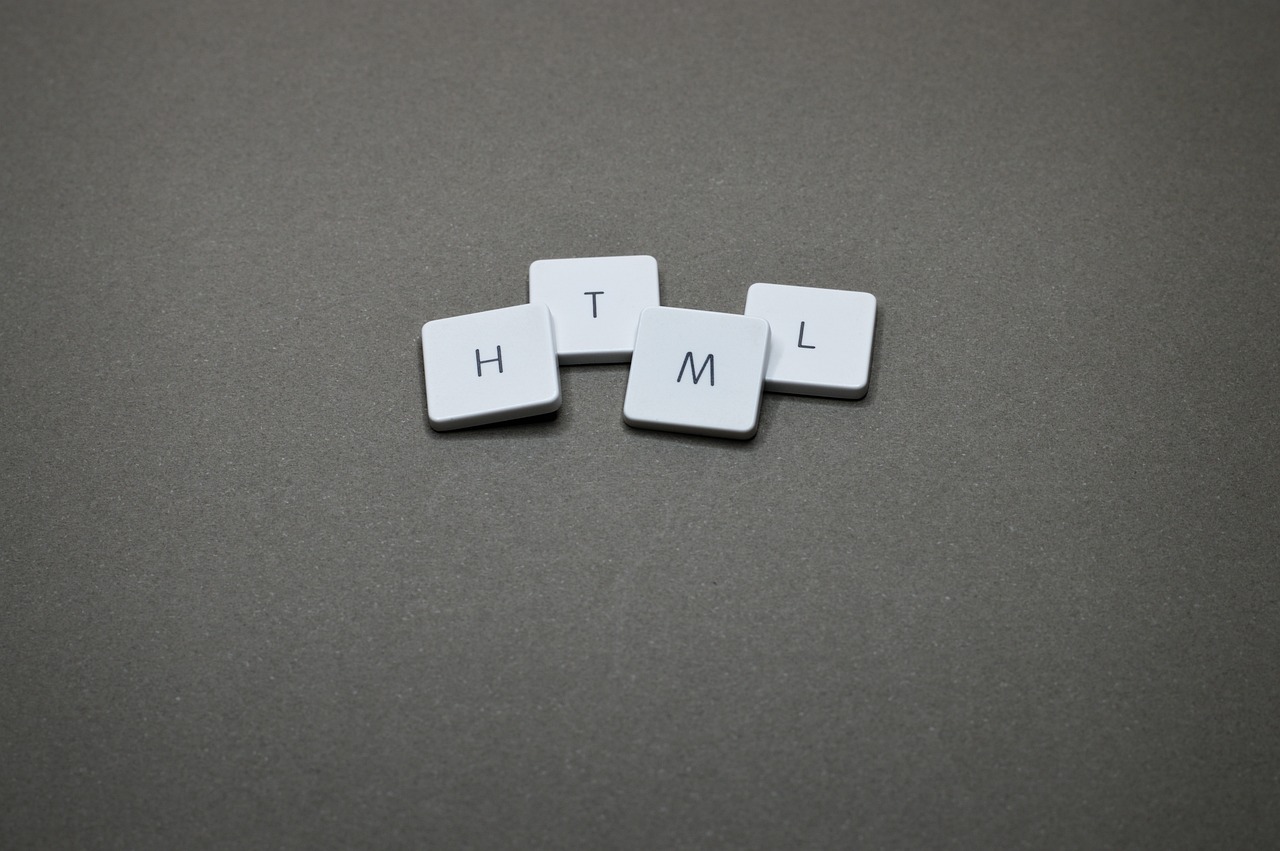Heading tags are HTML tags used to structure webpages and identify the main topics and other key pieces of content.
The heading tags range from H1 to H6 and usually appear in the form of a line of text. The line is generally used to separate different sections of the page, and it can also be used to organize the content on the web page.
Heading tags are an important part of SEO (Search Engine Optimization). They help search engines understand what a page is about and make it easier for users to find specific information when they type in a query.
Heading tags give structure to a page and help people scan the page quickly. If you have ever looked at any web page and noticed that some words were in bold or italic, it’s likely they were using heading tags.
Let’s take a look at the different types of heading tags and their general guidelines and best practices.
H1 Tag
The H1 tag is the main heading on the page. It is generally the same size as the body text and should be used sparingly. Try to use one H1 tag per page, as search engines will assign more importance to the content within that heading.
It’s important to keep the H1 tag short and descriptive, as it will appear prominently in the search engine results. It should give a good overview of what the page is about and should be used to help the user understand what the page will offer them.
H2 – H6 Tags
H2 - H6 tags should be used to organize the content on the page. The structure should be clear and make sense so that users can easily find what they are looking for.
H2 and H3 tags are commonly used to break up the content into sections and subsections, while H4-H6 are used to break content further down into smaller pieces.
It’s important to use the headings in a logical order so that it is easy to follow the content and to understand the hierarchy of the page. This should be done without compromising on the content and quality of the page.
General Guidelines
The following guidelines should be followed when using heading tags:
Become a Sales & Marketing Rainmaker
Learn valuable skills to win more customers, grow your business, and increase your profits.

Keep it relevant: Ensure the content within theheading tags is relevant to the topic of the page.
Keep it short and descriptive: This will make it easier for search engines to understand the content. Headings should be between 40-80 characters for best SEO results.
Be consistent: All headings should be consistent in terms of fonts, size, colour and position on the page.
Do not keyword stuff: Only use the keyword when necessary. It should also be used with caution if used for SEO purposes.
Best Practices
The best practices for heading tags are as follows:
Use only one H1 tag: This will make it easier for search engines to identify the main topic of the page.
Use the right headings: Ensure the headings are relevant and in the right order.
Use keywords: Keywords should be used within the headings where appropriate.
Keep it informative: Always include useful and relevant information in the headings.
Ensure accessibility: Make it easier for users to access the content by using heading tags.
Conclusion
Heading tags are an important part of making webpages attractive and informative. They help search engines understand the content and make it easier for users to scan and find the information they need.
It’s important to follow the guidelines and best practices for heading tags in order to ensure the content is optimized for SEO. This will help to ensure the webpage is more visible in the search engine results and more accessible to the user.
